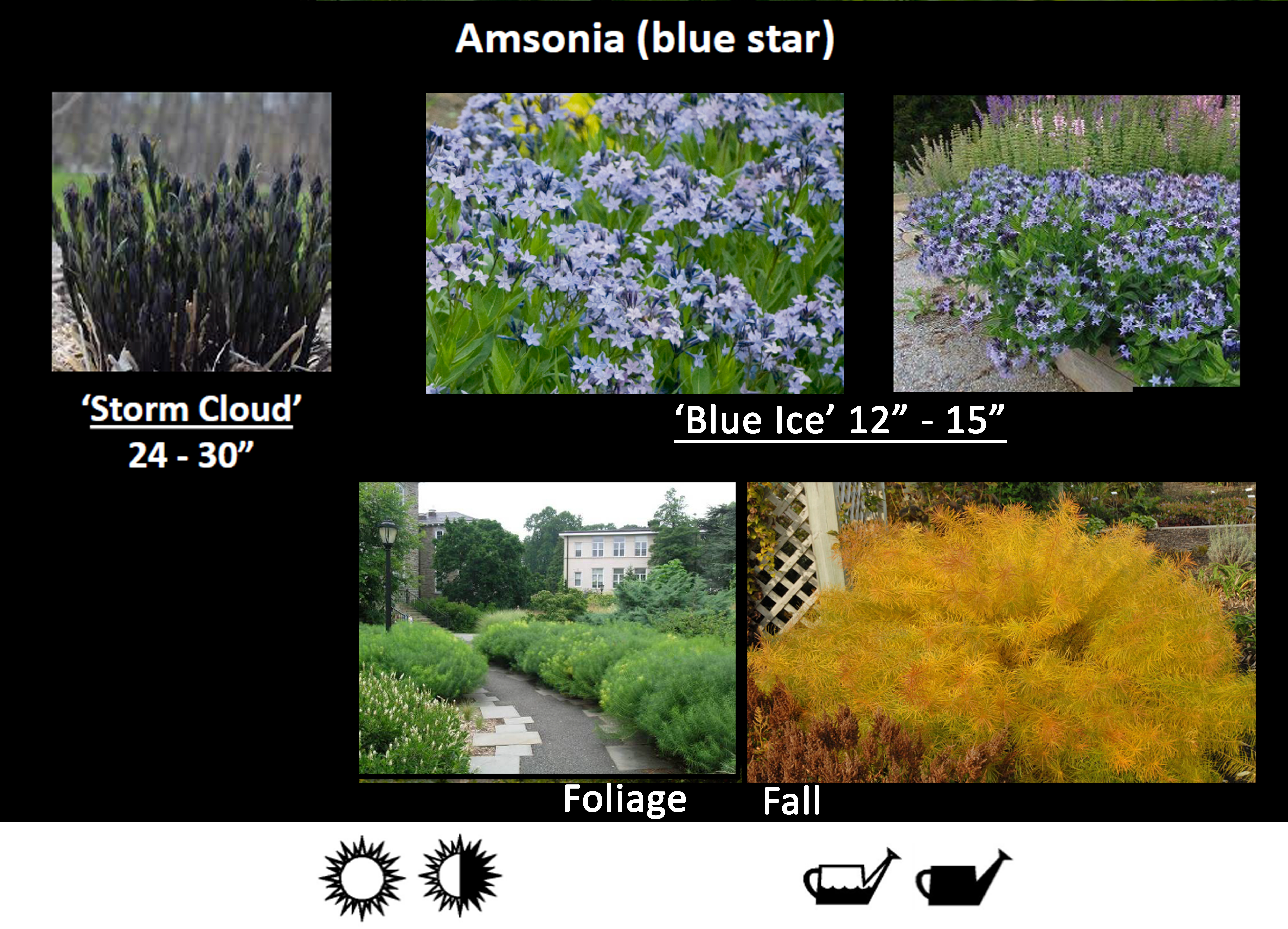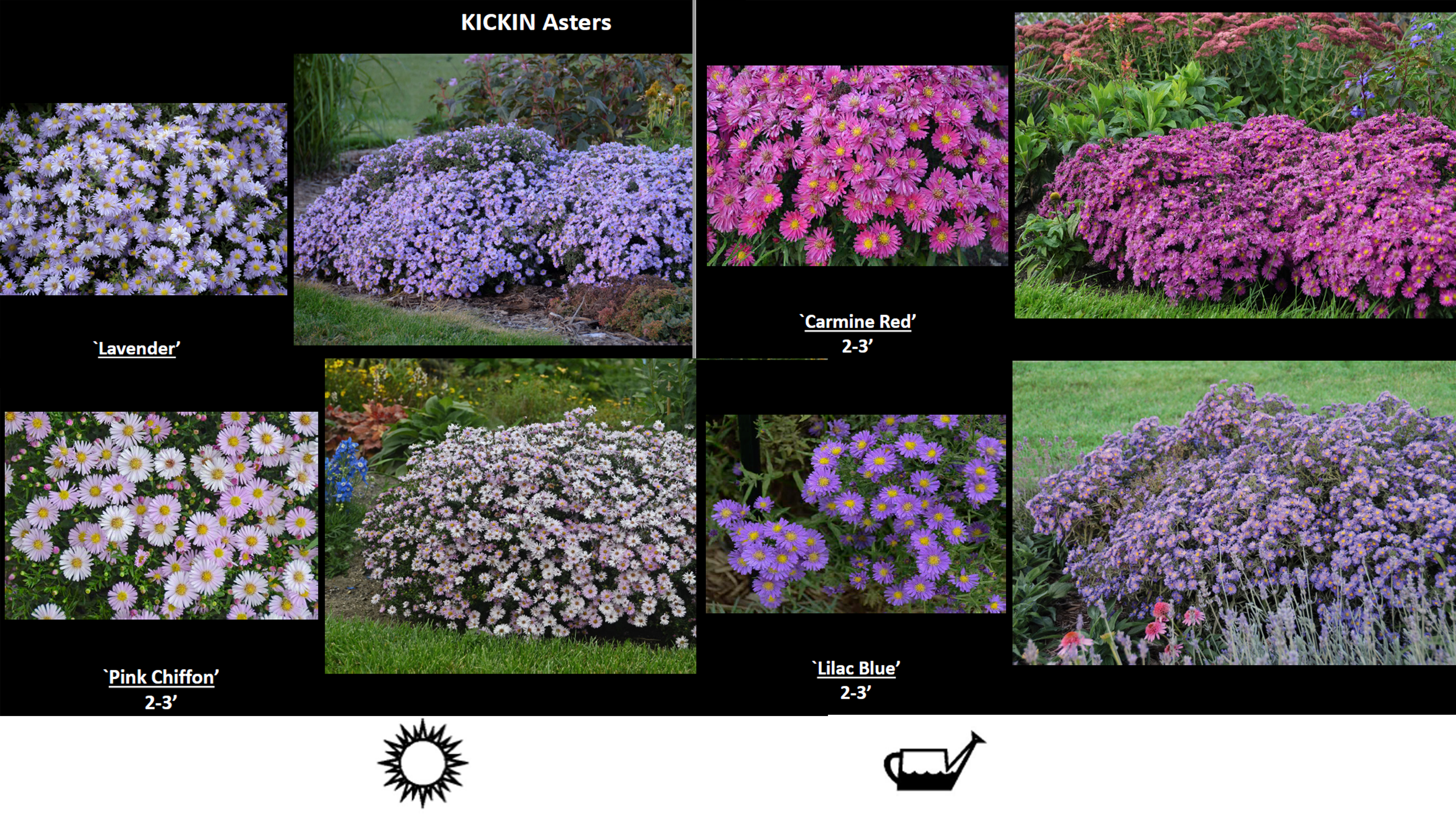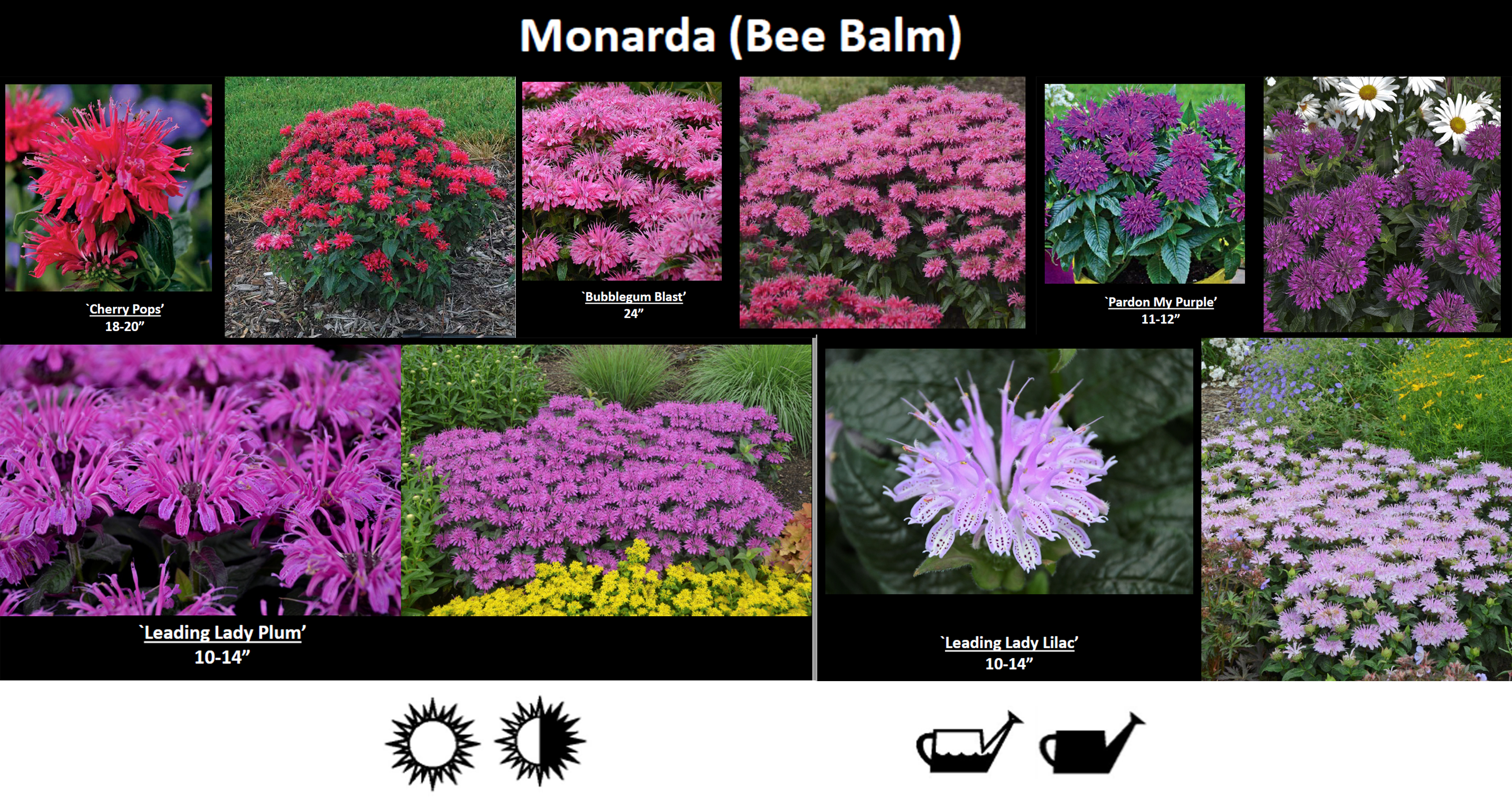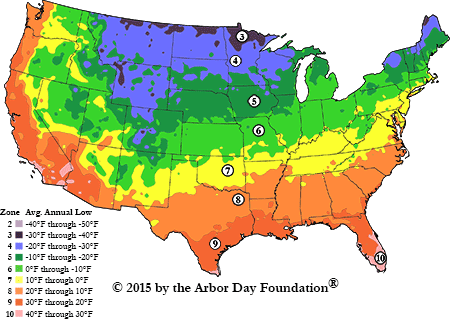For the last few weeks we have had almost nonstop grey, rainy days. It’s been unpleasant weather (although nothing to compare to what both coasts have experienced!), but it has also had its benefits. We definitely needed the moisture; much of the state has been just one small step away from drought conditions for a while. The new drought map came out yesterday and showed a marked improvement for the state.

The second benefit has been much more personal. As a result of all of this wet weather, I have learned some important facts about my yard. My home sits on the top of an old quarry which means my backyard slopes downward and then drops off. When I say it drops off, I mean that literally. It drops off and down about 50 feet. No drainage issues there! (Lots of rocks, but no standing water.) The front yard appears to be an entirely different story. It seems that we have a rain induced bog directly in front of the main entry to the house.
Stormwater runoff is a major factor in the problems we face with our water systems. The runoff can cause erosion and can push pollutants into our sewer systems. If I rainscape my yard (plan and institute my design with water management principles), I can not only manage my own stormwater problems, but I can also contribute to cleaner water for my community.
One of the major elements in rainscaping is the addition of rain gardens specifically designed to capture stormwater runoff and allow it to be absorbed into the ground or to evaporate into the atmosphere. Although a rain garden looks like a typical planting bed, it does have an important difference. A rain garden is purposely constructed in a shallow, depression with sloping sides and a slight downward incline so that it will hold water just long enough for the water to be absorbed into the ground.
Plants in a rain garden must be able to tolerate a range of conditions from periods of standing water to extended drought. The following perennial plants, suitable for rain gardens, are from our 2018 Best of the Best List. There are countless other varieties that are also excellent choices. On Tuesday, Embassy designers will share more of their favorites as we explore rain gardens and rainscaping in detail.
THE BEST OF THE BEST
PERENNIAL RAIN GARDEN PLANTS

Amsonia is a spring blooming plant that maintains an attractive appearance all summer. It has a mounded habit which can reach almost four feet when fully mature. Both heat and humidity tolerant, it is a perfect slope plant. Requires little maintenance and is deer resistant. Hardy zones 4 – 9.

The New England Aster and its cultivars are excellent choices for rain garden basin flowers. The “Kickin” series maintains a short, bushy mounded shape that does not require any trimming. The series has a variety of colors, but all do require full sun and fairly fertile soil to perform at their best. They begin to bloom in late summer and are at their peak in the early fall. They are hardy in zones 5 – 9.

Baptisia can add structure to a rain garden design with its full, bushy appearance. Another low maintenance, deer resistant suggestion for the sloped area, Baptisia blooms on 24 inch flower spikes in the late spring and early summer. Hardy in zones 4 – 9.

The familiar and will-loved Black-eyed Susan will do well on the slopes of a rain garden. It begins blooming in midsummer and continues producing its gold blooms well into the fall. Rudbeckia is especially suited to mass plantings, standing at about 2 to 3 feet tall. The seed heads are especially attractive to songbirds. Hardy in zones 4 – 10.

The versatile Hibiscus will thrive as either a basin or a slope plant. With its 4 foot height, it makes an excellent backdrop or center focal point. It prefers full sun, but will tolerate some shade and is not fussy about soil type. It begins blooming in midsummer and will continue to bloom into the early fall months. Besides being deer resistant, hummingbirds LOVE Hibiscus. The newer varieties are much more resistant to powdery mildew than the original ones. Hardy in zones 4 – 9.

My first experience with Monarda many years ago was not a happy one. It took over my garden and spread powdery mildew throughout. I swore I would never battle it again. I am so glad that I was convinced to change my mind. Today’s Monarda varieties are a far cry from the old ones. Bee Balm typically begins blooming in late spring and continues into the middle of summer. It is less invasive, more disease resistant and will flourish in both full sun and partial shade. Monarda works well on the slopes of the rain garden and is resistant to deer. Butterflies and hummingbirds are attracted to it, and bees relish it! Monarda is another deer resistant plant. It is hardy in zones 4 – 8.

Another variety that has seen improvement is the garden phlox. Taller varieties can reach almost 3 feet in height, so they are another choice for a backdrop or a focal point. These long blooming perennials begin blooming in midsummer and will continue to bloom well into late summer, often with a second flush of flowers. Phlox do require full sun and prefer the slopes of a rain garden. They are hardy in zones 4 – 8.

Another beloved perennial, Purple Coneflower begins producing huge, daisy-like blooms in midsummer and continues through the fall. These deer resistant plants will thrive in part to full sun and do well on the slopes of a rain garden. Newer varieties of Purple Coneflowers are slow growing plants that will not take over the garden. They typically stand about 2 feet tall with a spread of about 18 inches and are beautiful in mass plantings. They are hardy in zones 3 – 8.

One of my personal favorites, Swamp Milkweed is a reliable performer in the basin of a rain garden. Its rose colored blossoms, which begin in midsummer, have a gentle, vanilla fragrance, and can be used for cut flowers. Swamp Milkweed blooms are irresistible to hummingbirds, bees and butterflies. Its single drawback is its height; Swamp milkweed can reach 5 feet in height. It needs full sun and is hardy in zones 3 – 9.
PERENNIAL GRASSES
It has taken me several years to become a fan of grasses in the landscape. Once I began to appreciate their architectural beauty, I can’t imagine any design without them. Grasses are uniquely suited to rain gardens not only because of their ability to adapt to a variety of condition, but also because of their year-round beauty. Grasses add interest to the garden in even the bleakest times of the year. If you have not introduced them to your landscape, I urge you to give some a try this year. The three categories presented here are a good place to start.

Little Bluestem is a native prairie grass that performs well in rocky or clay soil on the slopes and edges of the rain garden. Its slender, green leaves typically stand about two feet tall with a tinge of blue at the base. It has purplish-brown flowers in late summer, usually August, followed by fluffy, white or tan seed heads which remain through the winter. Beautiful in mass plantings, it is hardy in zones 3 – 9.

The Common Rush is one of the best performers for the basin area of a rain garden as it prefers very moist soil and will grow in standing water. Soft Rush does best in full sun but will tolerate partial sun. It has a tendency to spread, both by seed and by rhizomes. Rush is a trouble free perennial that reaches between 2 and 4 feet at maturity. It is hardy in zones 4 – 9.

Switch Grass adds a unique element to the rain garden as it produces a light, peaceful sound when moves in the breeze. Switch Grass is a sturdy, basin grass that can reach to 6 feet in height, although it is more commonly seen between 3 and 4 feet. It spreads primarily by rhizomes, but will self-seed. It has a sturdy, columnar form but may become weak or rangy if grown in soil that is overly rich. The clumped foliage has flowers in midsummer that form a pink-tinged veil above the foliage. Hardy in zones 5 – 9.



